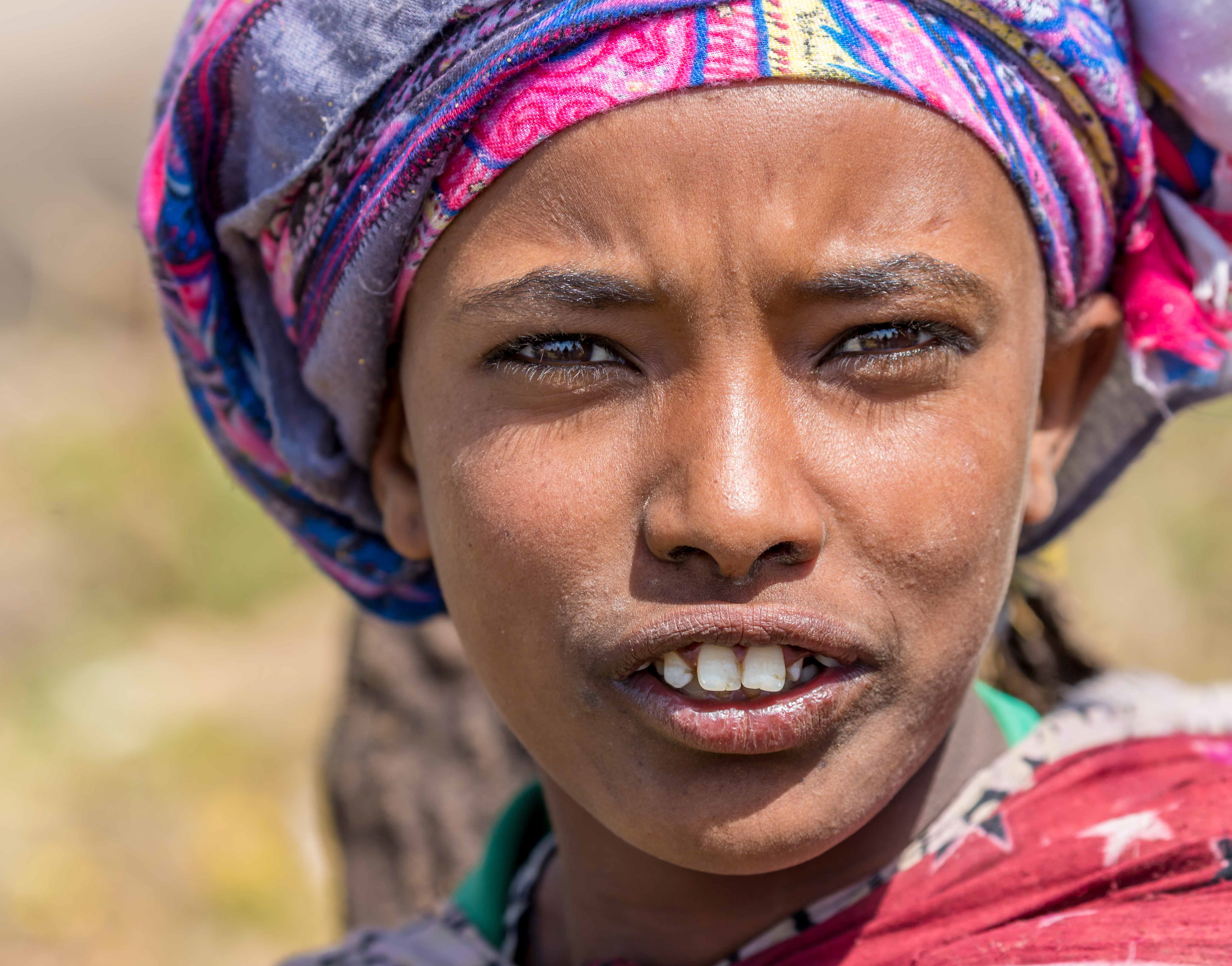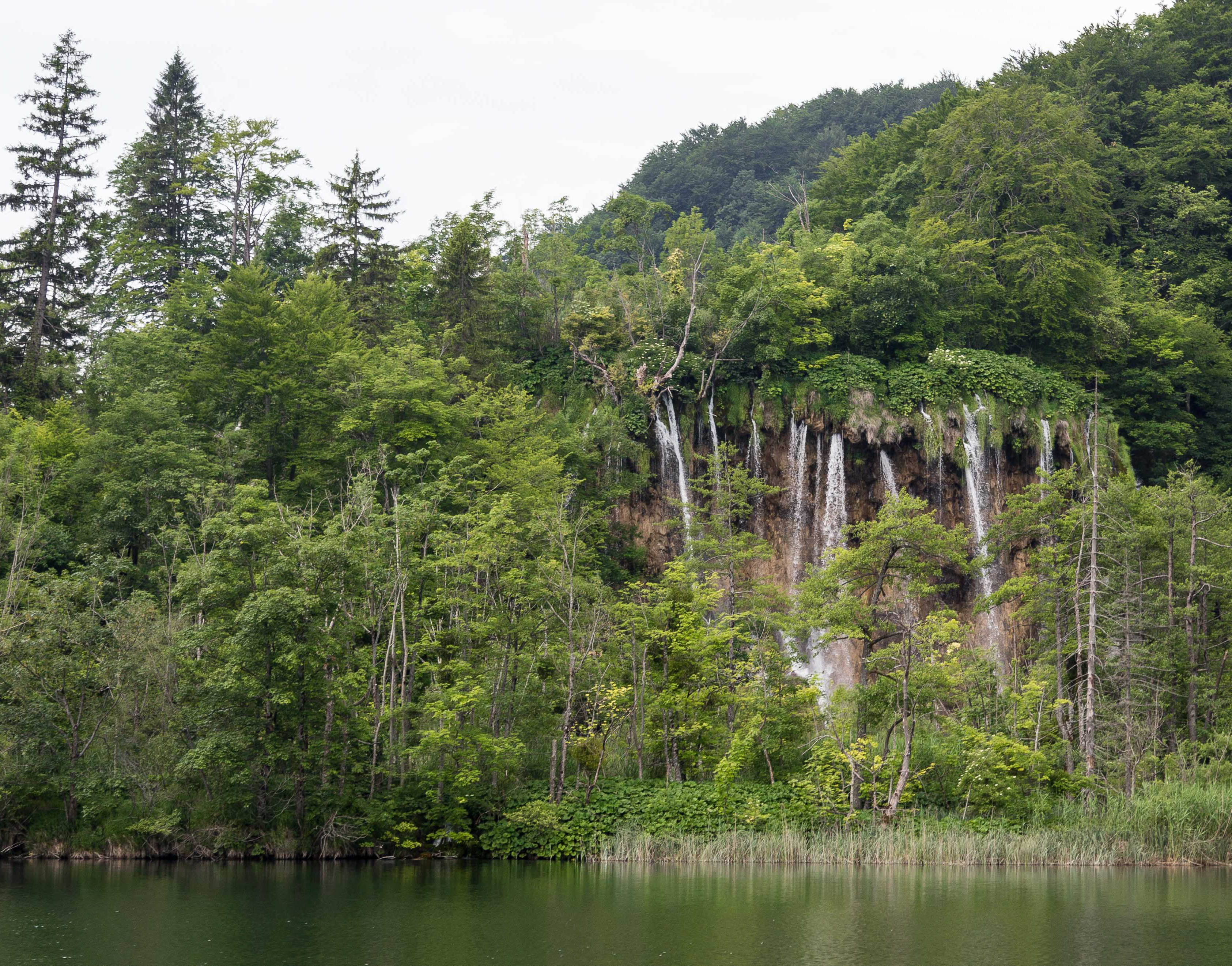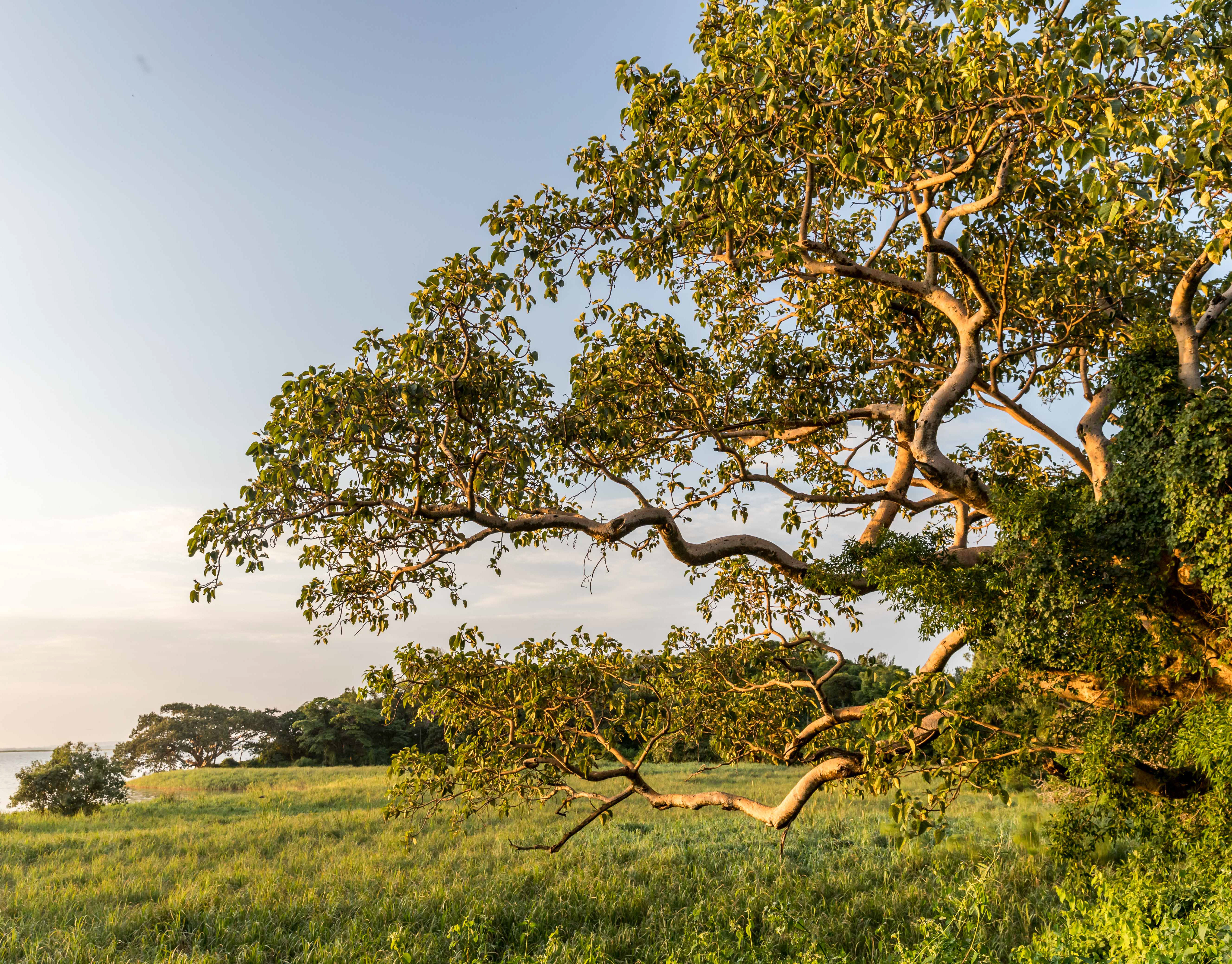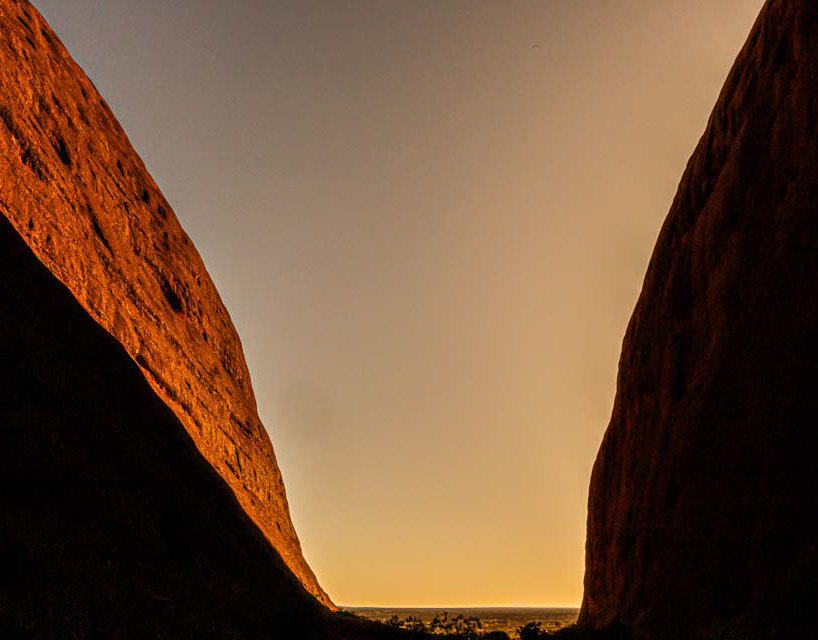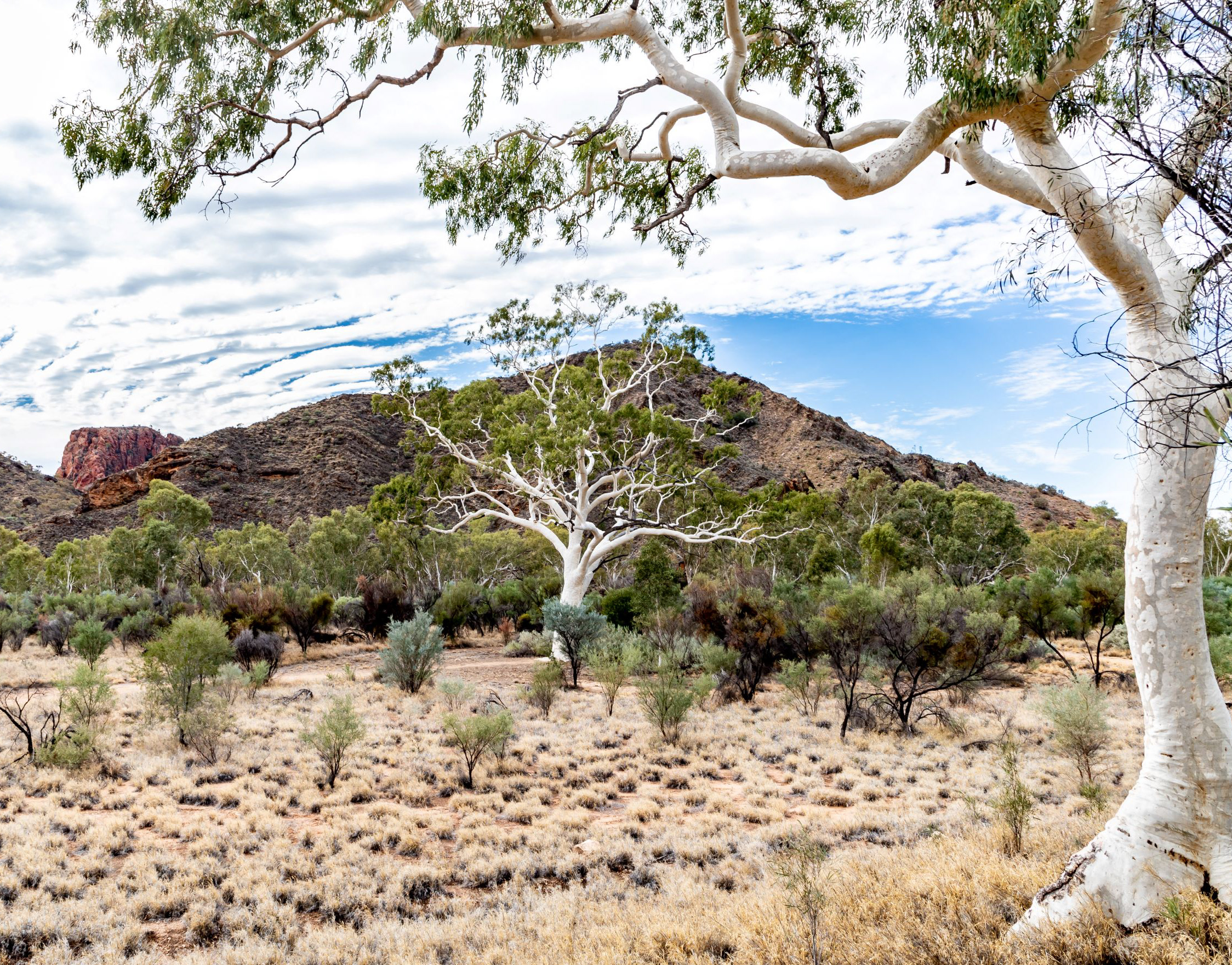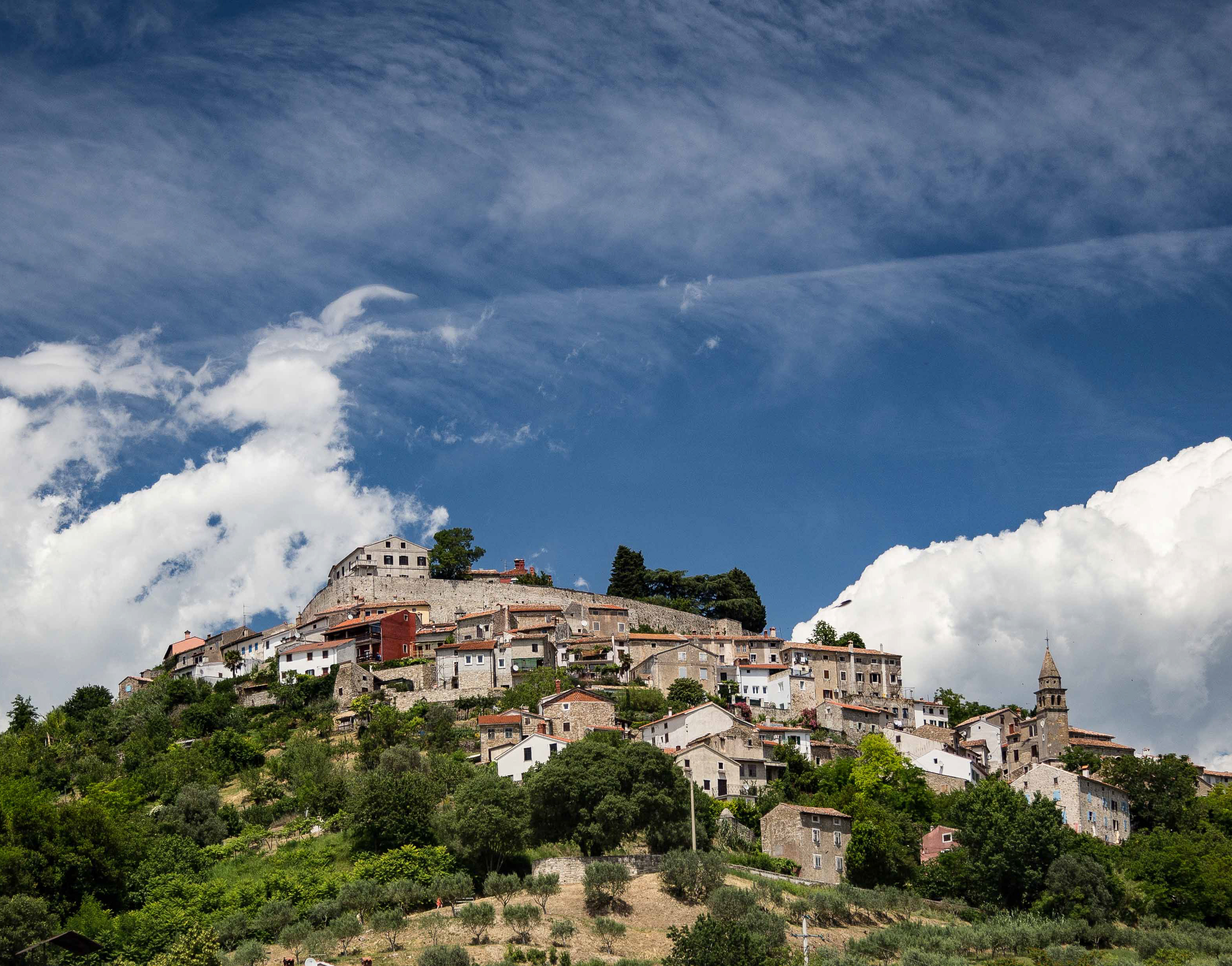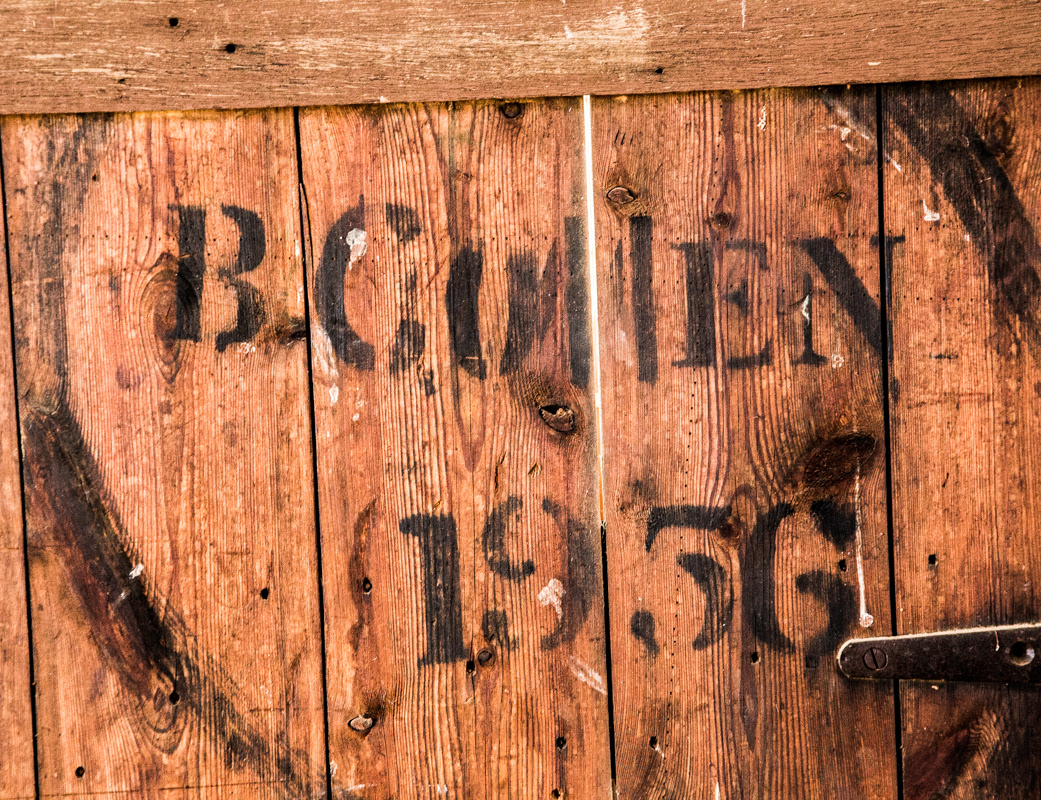This isn't actually in Slovenia. We started our walk across the border in the Italian town of Cividale del Friuli (Day 1).
Spectacular. The Ponte del Diavolo crosses the Natisone River in the middle of the town. Construction commenced in 1442.
The Natisone River, Cividale del Friuli.
Our home for a couple of nights, the Locanda Al Costello, Cividale del Friuli.
The first day of walking started on the Italian side of the border. We headed up the slopes of Matajur (1650 m) in thick fog before crossing into Slovenia near the summit. The border was delineated by a dotted line on the map, no border formalities, just a continuing muddy track. The fog cleared as we headed for the Slovenian village of Kobarid (Day 2).
Signage on the walking tracks was pretty good.
Stunning Slovenian scenery on the way to Kobarid.
Our first sight of the Soca River.
Slap (waterfall) Kozjak is an enjoyable walk from Kobarid (Day 3).
Following the stream back to Kobarid.
Napoleon Bridge crossing the Soca near Kobarid. The stone bridge got its name because Napoleon’s troops have crossed it in 1797 when they were marching from Venice to Kärnten.
The walk between Kobarid and Bovec follows the river, popular for adventure sports including rafting, canoeing and paragliding (Day 4).
Glimpses of the mountains as we head towards Bovec.
We came across the Sv. Lenard Church (15th century) whilst walking to Trdnjava Kluže Fort in the mountains near Bovec (Day 5 & 6).
Sv. Lenard Church.
Trdnjava Kluže Fort was built in 1472 near Bovec on the road between Cave del Predil and Carinthia. Its likely original purpose was defence of Friuli against the Turks.
Long and wobbley road near Bovec.
Vila Triglav in Kranjske Gora. A wonderful place to stay with views across Lake Jasna and to the mountains The town is an alpine resort near the mountains and glacial lakes of Triglav National Park (Day 7).
Pastures and mountains-heading out for the day from Kranjske Gora (Day 8).
Slap Martulijkov.
BYO lunch in the pasture at Planina Martulijek. We had planned to eat at the Brunarica Pri Ingotu mountain restaurant but it was closed.
Pisnica River valley (I think). Walking up to the alpine hut of Koka v Krnici. (1113m ASL) (Day 9).
The Russian Orthodox chapel is located on the Russian Road on the northern side of the Vršič Pass. It was built in 1917 as a memorial to the Russian POWs killed building the mountain road from Trenta to Kranjske Gora. An amazing road it is too.
After a short taxi ride to the village of Rudno Polje we walked across the mountains and down to Lake Bohinj (Day 10)
We came out of the mountains at the village of Srednja Vas and then walked along the river valley.
Srednja Vas and the adjacent village of Studor are known for their well-preserved hayracks, used for drying grass in the summer months and storage for animal feeding during winter. In my view, they are architecturally magnificent, and the fact they are made of wood just makes them that much better.



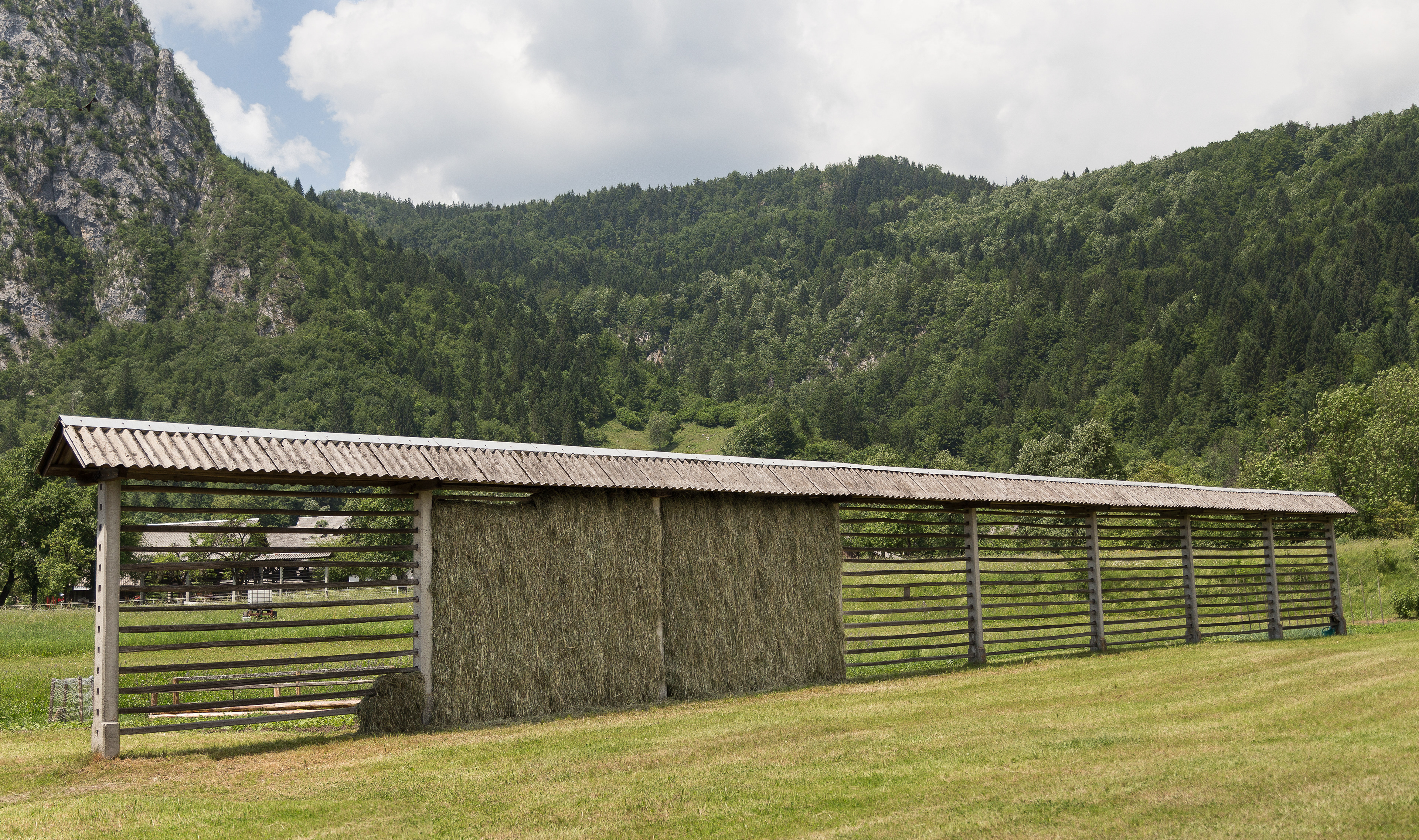

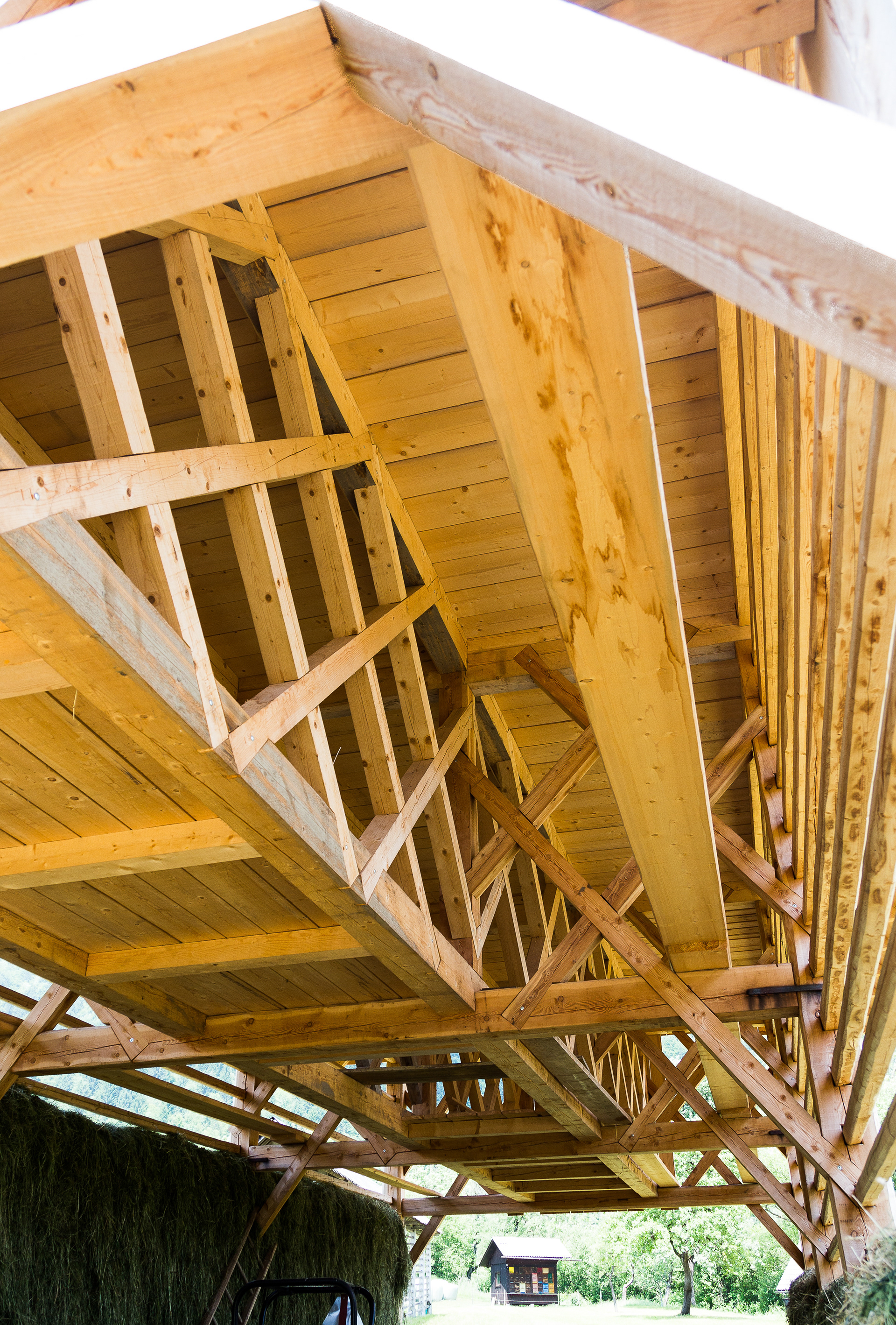

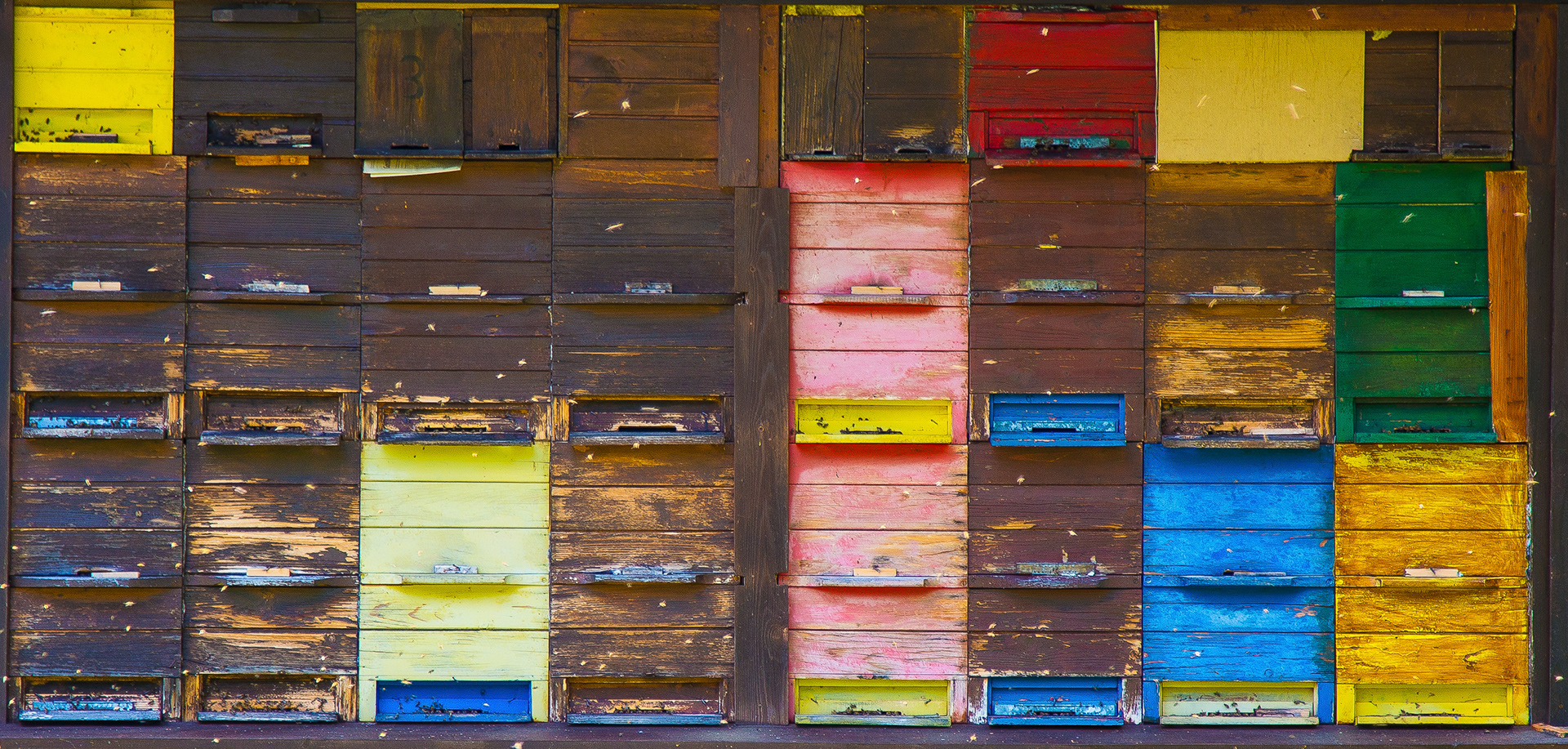
We eventually arrived at Lake Bohinj, walking past the beautiful St. John the Baptist church which was just across the river mouth from the Hotel Jezero. Lake Bohinj, covers 318 hectares and is the largest permanent lake in Slovenia.
Walking around the lake (Day 11).
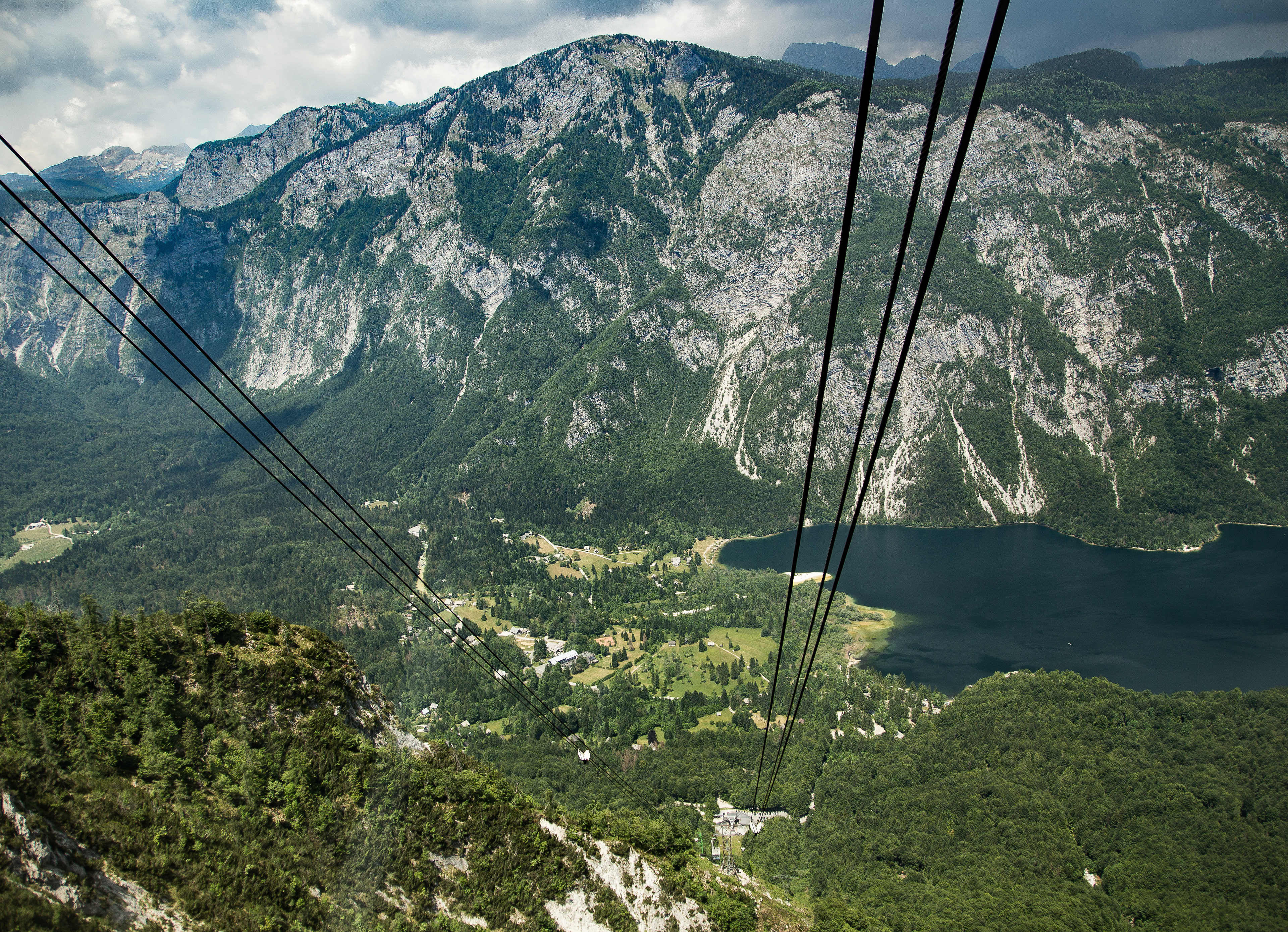

Heading for Bled, walking through the village of Kupljenik (Day 12).
Traditional architecture.
Bled is getting close, just behind those hills.
The iconic Church of the Mother of God on the Lake on Bled Island with Bled Castle on the high ground (cliff?) in the bsckground. A beautiful and busy town (Day 12).
Not surprisingly the church is a popular wedding venue.
Deep water.
Vintgar Gorge, near Bled. Attempt to avoid the tourist juggernaut by getting there early (Day 13).
A wet morning in Piazza Unità d'Italia, Trieste. We caught a regional train from Bled Jezero to the border town of Nova Gorica, walked out of the Slovenian station, crossed the brass line in the tarmac delineating the border with Italy, caught a bus to the Tren Italia station and departed for Trieste for a night (Day 14). Next stop Croatia and a weeks walking on the Istrian Peninsula.
Boat moorings in the middle of Trieste from Ponte Rosso.
